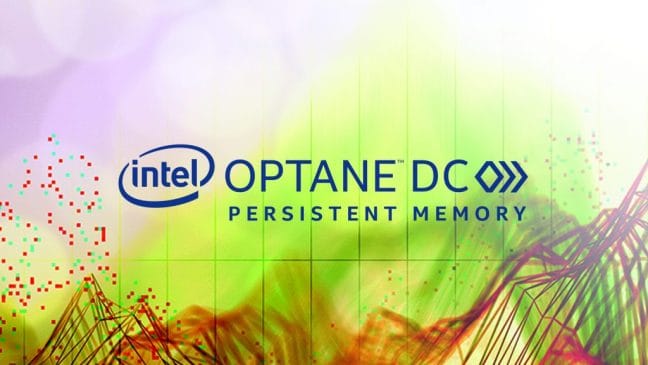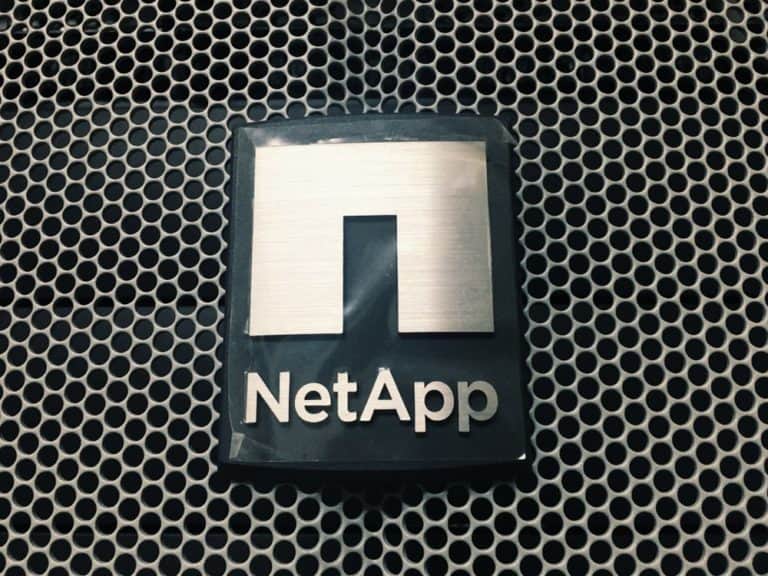NetApp has released version 1.3 of its Memory Accelerated Data (MAX Data) solution, which can be combined with Optane DC persistent memory from Intel. This is, according to the vendor, the first storage solution that uses persistent memory.
According to the network, storage and cloud specialist, the now released version 1.3 of the enterprise storage solution, combined with Optane DC persistent memory from Intel and second generation Intel Xeon Scalable processors, helps end users gain more value from large data sets.
According to the supplier, the solution has come at the right time, as companies are increasingly confronted with a tidal wave of data from the Internet of Things (IoT), the use of artificial intelligence, machine learning, deep learning and analytics, among others.

Expansion of Data Fabric
In addition, the application now ensures that NetApp now brings its comprehensive Data Fabric strategy to the servers that house the applications and data that are important for the business operations of the end users. Think for example of the databases of Oracle or MongoDB.
First storage solution with persistent memory
The now released MAX Data version is, according to NetApp, the first storage solution in the world that uses Optane DC persistent memory. This gives business end users more capacity with low latency. In order to achieve more capacity with low latency, there is no need to rewrite application code. As a result, companies can continue to benefit from real-time applications under all circumstances, according to NetApp.
This news article was automatically translated from Dutch to give Techzine.eu a head start. All news articles after September 1, 2019 are written in native English and NOT translated. All our background stories are written in native English as well. For more information read our launch article.